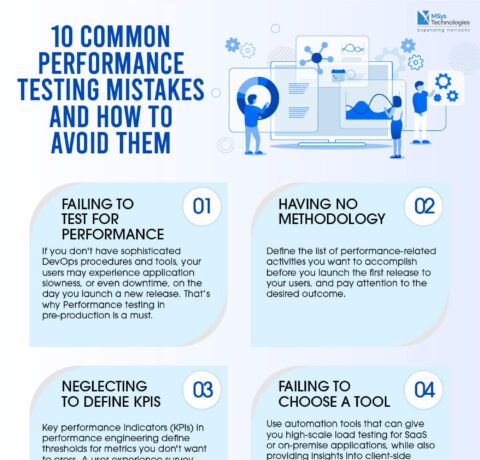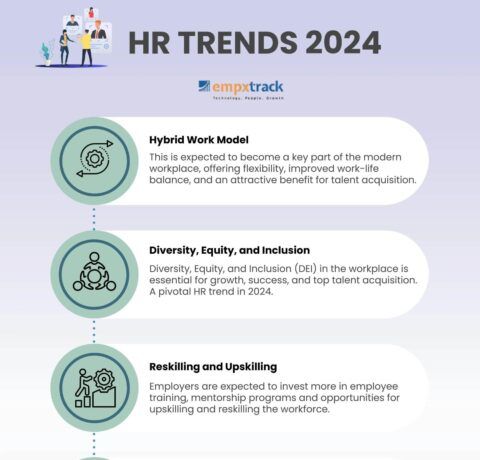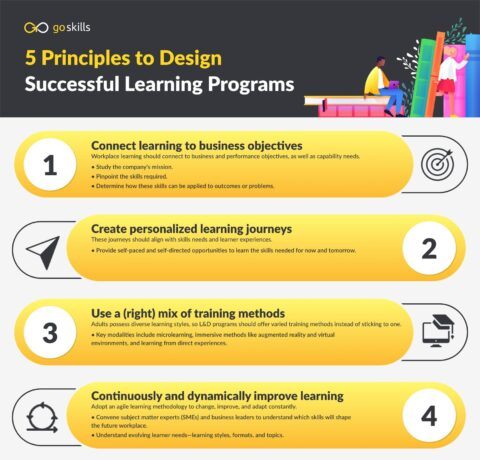AI vs Machine Learning: What’s the Difference? Infographic
Due to record-pace globalization, today’s product development and marketing teams now face challenges that could only be imagined 10 years ago. And for global companies, the most productive solutions to these challenges are surpassing human brain power.
Artificial Intelligence (AI) isn’t a singular technology, but rather a category of technologies and tools that global companies are increasingly relying on for competitive advantage. One of these is machine learning. But what precisely is machine learning, and how does it differentiate from the umbrella of AI? Here’s some data to help you decide which solution is best for your go-to-market strategy.
It’s all about the data
Artificial Intelligence (AI) and machine learning (ML) are transforming how product teams form development and marketing strategies. These technologies are on the verge of turning deep data mining on its head, with investments expected to increase 300% in 2017 compared to 2016.
Those who embrace AI will set themselves apart as leaders in product and service delivery, and those who don’t will struggle to create a unified customer experience. To avoid being left in the dust by dozens of AI-focused startups entering the market every day, it’s important to know which technologies and tools to nail down.
Key differences
As two substitutes for human intelligence, AI and machine learning are terms often used interchangeably. However, the latter is a distinct subset of the former.
| Artificial intelligence | Machine learning |
|
|
|
|
|
|
|
|
|
|
Which should I choose for my go-to-market strategy?
Using a variety of artificial intelligence tools, including machine learning, can have a profound impact on product development and marketing teams’ ability to create winning go-to-market strategies.
Language and cultural nuances, combined with vast amounts of unstructured data, can make it difficult for product and marketing teams to develop clear global strategies—but artificial intelligence can level the playing field and provide distinct advantages:
- Drive decision making using “dark web” data
- Gain efficiency by streamlining the usability and testing process
- Improve security by keeping data and applications secure
- Deliver the right content at the right time
- Perfect the consumer experience through deeper segmentation
At first glance, it’s easy to imagine how these solutions can transform product development and marketing. But how exactly will they give product teams a competitive advantage?
To learn more about the capabilities of AI and ML technology, download the whitepaper.







You can adjust your cookie preferences here.